Letter from Ralph Vaughan Williams to W.W. Thompson (BBC)
Letter No. VWL1086
Letter from Ralph Vaughan Williams to W.W. Thompson (BBC)
Letter No.: VWL1086
The White Gates,
Westcott Road,
Dorking.
August 15 [1933]
Dear Mr Thompson
Many thanks for programme note which I return herewith. I am sorry you thought it necessary to call me 10 minutes early for rehearsal as I am not in the habit of being late for my appointments.
Yours sincerely
R Vaughan Williams
CONCERTO FOR PIANOFORTE AND ORCHESTRA – R Vaughan Williams1
Toccata – Romanza – Fuga Chromatica – Con Finale alla Tedesca
The Concerto had its first performance at a B.B.C. Concert in February of this year,2 when Miss Harriet Cohen, to whom it is dedicated, was the soloist, as she is this evening.
The composer has told us that the first two movements were sketched in 1926, and the third in 1930. There are no breaks between the movements.
The first movement is begun by the pianoforte with a swift semi-quaver figure in 7-8 measure, characteristic of toccatas, against which the orchestra plays a broad theme, soaring upwards. Then follows a figure on the pianoforte, in 3-4, easily recognisable by beginning with a reiterated note. A development of that leads to a sprightly, jumping theme, and then the whole is repeated with slight modifications, the pianoforte and orchestra as a rule changing places. After that comes a development of the pianoforte’s reiterated note figure, which serves as an accompaniment to a new theme. An extension of the orchestra’s 7-8 theme leads to a short recapitulation, and the movement which is quite short, ends with a version of the theme which came just before it, canonically treated by pianoforte and orchestra. A short cadenza for pianoforte leads to the romanza, whose principal theme is played by pianoforte solo and repeated by the flute accompanied by pianoforte and strings. An additional theme for strings and muted horns and an episode in 3-2 time follows. The opening themes are then heard again, but the movement is interrupted by the trombones, and a few bards of introduction lead to a Fuga chromatica con Finale alla Tedesca. The subject of the fugue is given out by the pianoforte, and there is a counter-subject, which like the chief subject, opens with a silent beat. After various episodes a stretto on a dominant pedal is reached, built up chiefly on an augmentation of part of the fugue subject with which the subject and counter-subject are combined. A cadenza for the pianoforte separates the fugue and the Finale, the subjects of which are the same as those of the fugue, but treated harmonically rather than contrapuntally, and finally there is another cadenza for the pianoforte, made up chiefly out of the episode in the slow movement. The cadenza ends with a quotation two bars long from a contemporary composer,3 added ‘According to my promise’. Then a few bars of Allegro bring the Concerto to an end.
1. The text of the programme note is similar to but not identical with the note printed in Kennedy, Catalogue of Works, pp.138-139.
2. On 1 February 1933 at the Queen’s Hall.
3. The quotation was from Arnold Bax, Symphony no.3; see VWL1028, VWL1063, VWL1064; it was removed after the first performance.
-
To:
-
From:
-
Scribe:
-
Subject:
-
Musical Works:
-
Format:
-
General Notes:
Year taken from context. See VWL1078.
In the hand of AVW signed by VW. -
Location Of Original:
-
Shelfmark:File 910, VW composer
-
Citation:Cobbe 236


